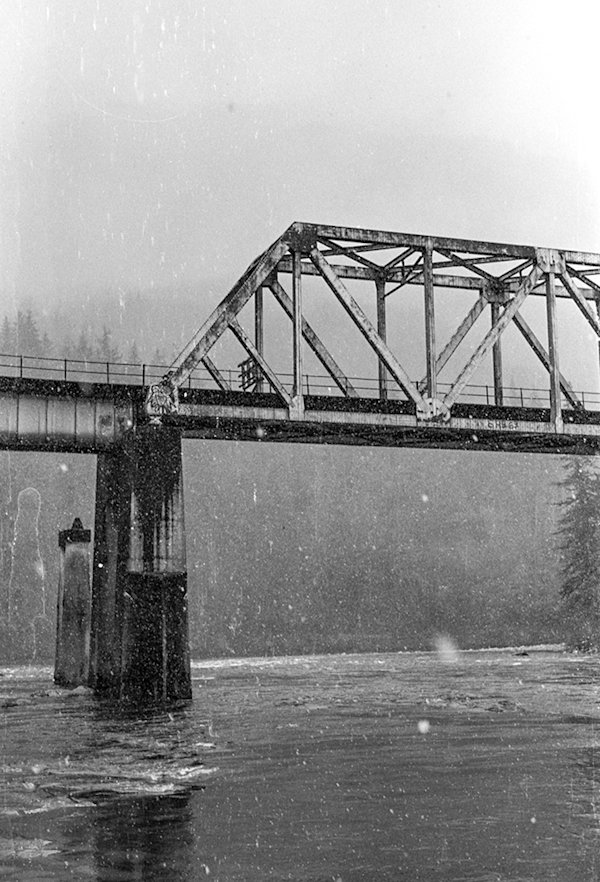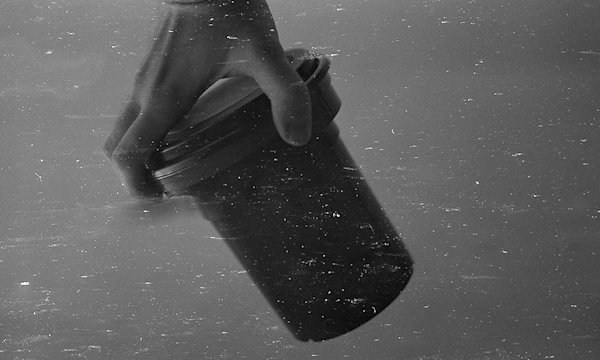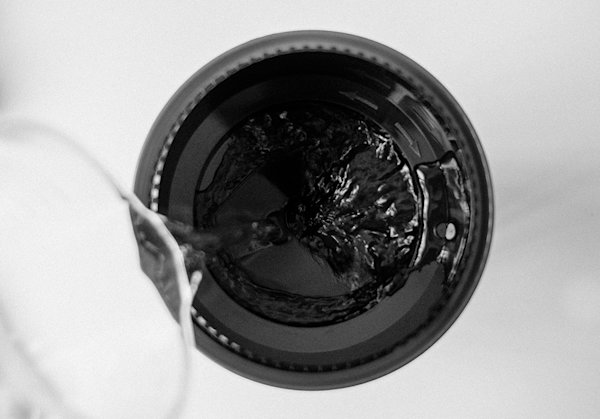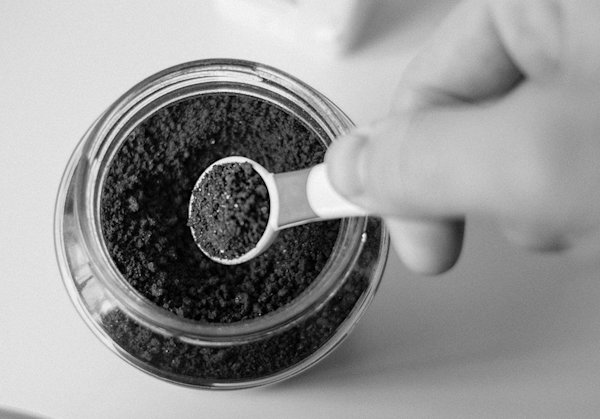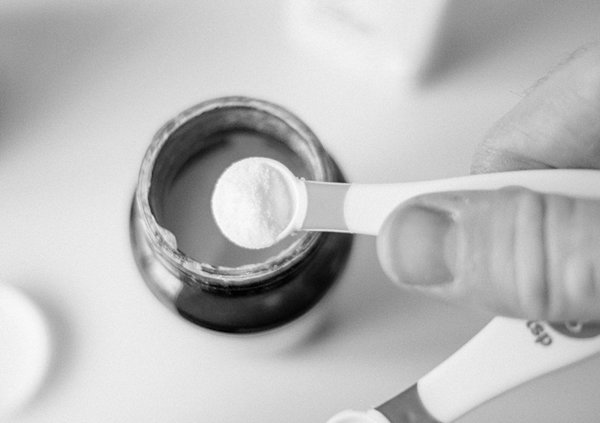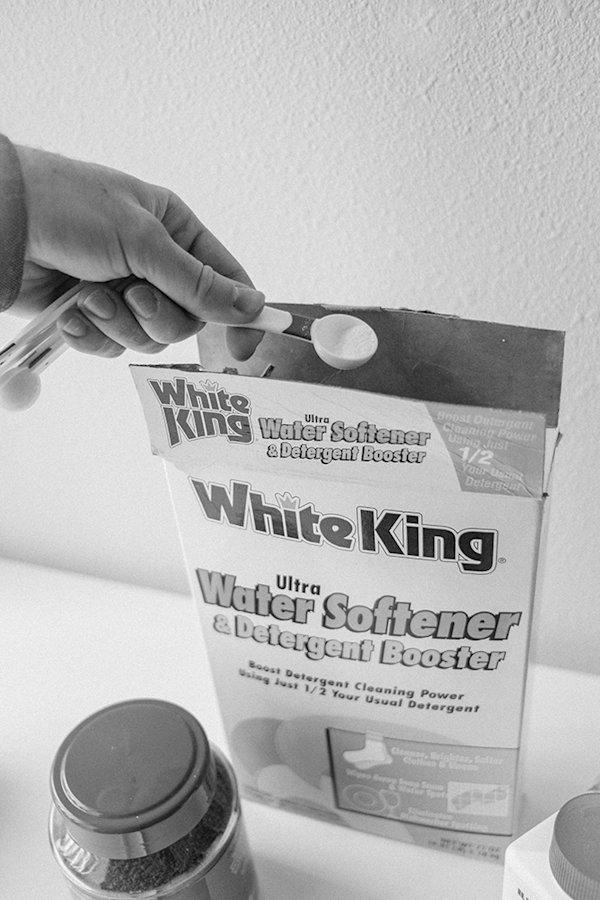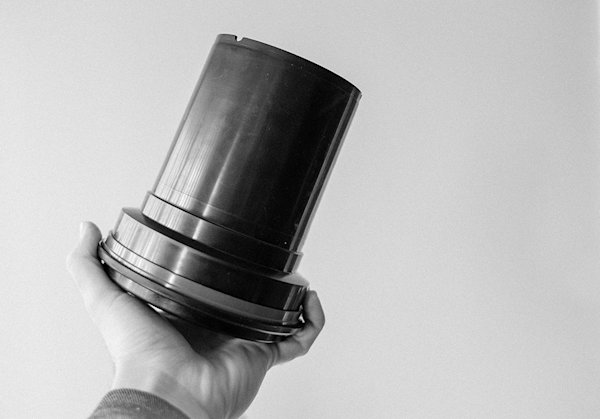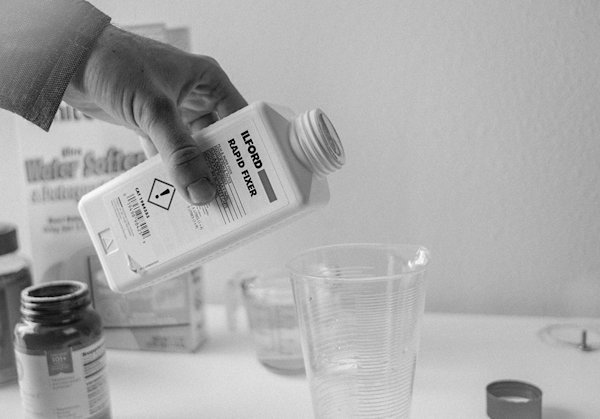Caffenol: What You Need to Know
Starting with the basics, Caffenol is a term used for the chemical combination of instant coffee crystals, washing soda, water, and optionally, vitamin C powder (referred to as Caffenol-C). Composed of products that are exponentially less harmful for the environment, it is an effective alternative to powder or liquid developer.
Pros:
Caffenol is a simple, environmentally friendly process that should save you a number of trips to the lab.
The general consensus is that Caffenol is safer to handle and dispose of than its alternative.
Methyl chloroform, ammonia, and formaldehyde are just a few of the chemicals you’re replacing with Caffenol. Not only are these not safe to pour down drains, they will harm any surface they come in contact with. The only option for proper disposal of these chemicals is delivering them to a designated waste facility. Powder-form developing agents are even worse, as they pose a threat of poisoning by inhalation.
Caffenol was born of the DIY spirit, and is constantly evolving and taking on new forms across the community that uses it. Through wider experimentation, practice, and all the crowdsourced recipes available, new doors will continue to be opened for even better alternatives.
Cons:
Caffenol is restricted to B&W film. You could use it on color negative stock, but you would end up with a sepia tone across all your negatives.
Trace deposits of silver halide collect in the leftover liquids from the developing and fixing process, preventing Caffenol from qualifying as completely “green.”
It is an unregulated and untapped process, and as such, I cannot personally recommend any single process for safe disposal of the required compounds. See article footer for suggested disposal methods.
Caffenol presents a promising future for environmentally friendly developing, and I hope to see it fully reach its safest potential with a minimal amount of harmful products used. Aside from the few downsides, it has been an extremely fun and rewarding method to use for developing from the comfort of my home.



